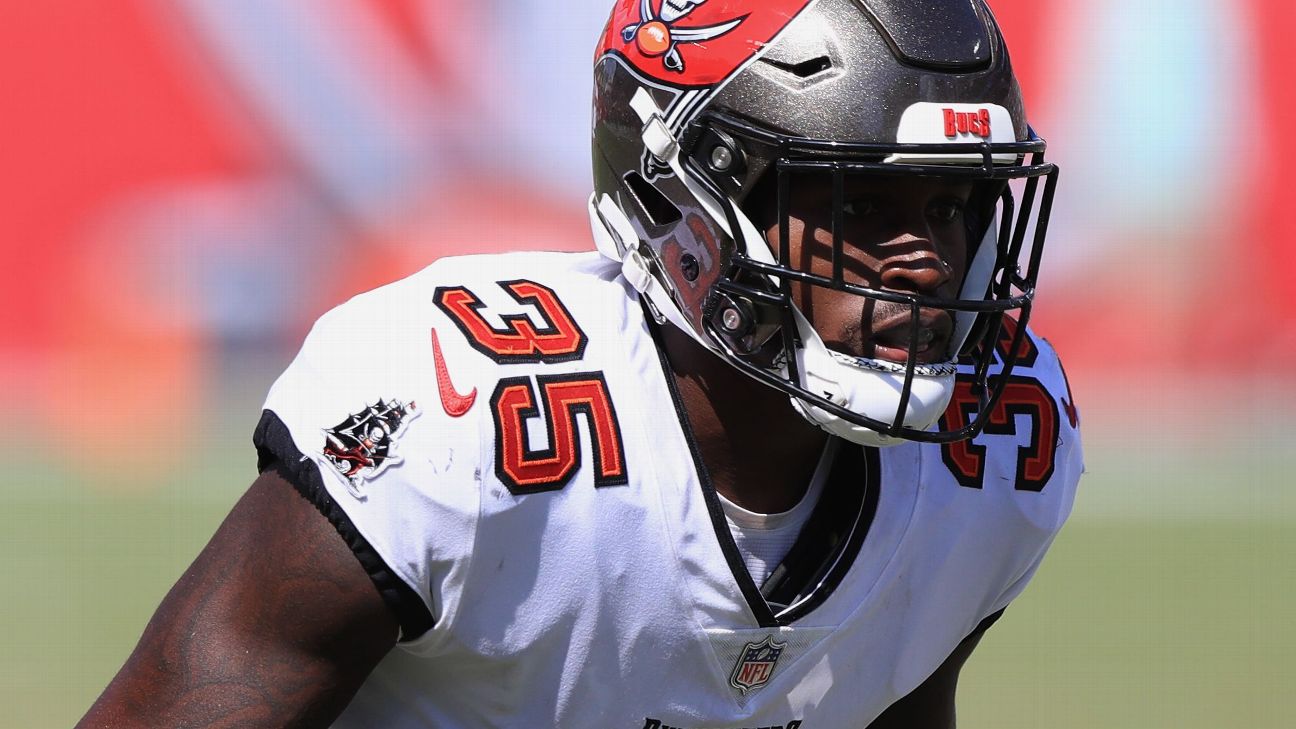Infra
NYC Transit Authority to Invest Over $65 Billion by 2030 to Modernize Aging Infrastructure – Vision Times

On Sept. 25, the board of the Metropolitan Transportation Authority, which is responsible for the oversight of the city’s subway, bus and commuter rail lines, voted unanimously to invest over $65 billion in its capital plan from 2025 to 2029.
Over half of this intended spend — around $33.4 billion — currently does not have a funding source, however New York State Governor Kathy Hochul has promised to help resolve this deficit.
This large of a spend is unprecedented and represents a 27 percent increase in capital spending which will help replace thousands of rail cars that are close to the end of their useful lives.
The funds will also be directed to modernizing subway signals, renovating power stations and rehabilitating the more than 100-year-old Grand Central Terminal.
At the board meeting on Wednesday, Neal Zuckerman, an MTA board member and chair of the finance committee said, “Ultimately, the legislature’s got to figure this out with the governor. They’ve done it before — and the mayor for that matter — but they’re going to have to do it again because their job is the source of capital.”
Success
You are now signed up for our newsletter
Success
Check your email to complete sign up
According to Bloomberg, Last week, Hochul said she would “fight to secure as much funding as possible,” including a plan to lobby federal lawmakers to support the city’s infrastructure projects.
READ MORE:
Tolls will help fund projects
The record $65.4 billion is intended to finance upgrades across the MTA’s transit system and rail network, and $3 billion of that will be used to fund bridge and tunnel projects, with tolls expected to contribute to paying for the work.
However, it’s not just the MTA’s future capital budget that is coming up short. The authorities current capital budget has a $15 billion deficit after Hochul chose not to implement the highly contested congestion pricing scheme in the city. The scheme was designed to help pay for upgrades to transit infrastructure.
Public transportation advocates are continuing to lobby the governor to implement the congestion pricing program.
It’s expected that more than 90 percent of the future capital budget will be used to repair and update essential infrastructure and will help maintain assets while improving service, security and reliability.
The investment has been described as “vital” by MTA board member David Jones for low and moderate income riders who can’t afford taxis and ride-hailing services to navigate the city. Jones serves as the chief executive officer of the Community Service Society of New York, a not-for-profit focused on supporting economic advancement.
“They’re almost entirely dependent upon this system to get to work, to school and to doctor’s appointments,” Jones said during the board meeting. “Without it, they can’t survive in this city.”










